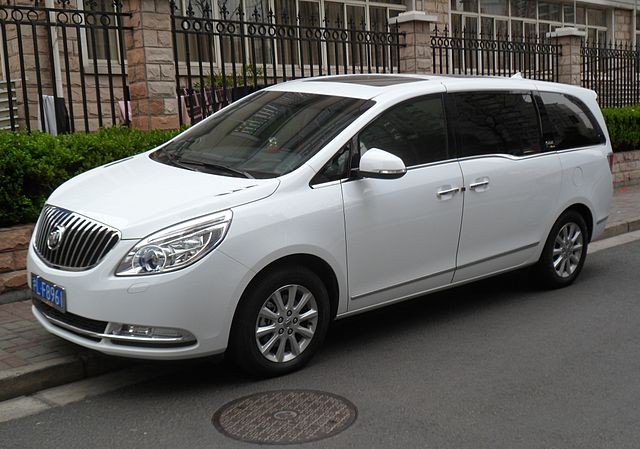Automakers are banking on Chinese families embracing the mini-van, hoping that the bigger sibling of the SUV will become the new automotive trend as China adopts the two-child policy.
Mini-vans, also known as multi-purpose vehicles (MPV), were highlighted at the Guangzhou Auto Show. Volkswagen AG showcased a supersized Touran, while GAC Motor, a subsidiary of Guangzhou Automobile Group, presented a prototype MPV.
Currently, these seven-seater MPVs only make up around 10 percent of passenger car sales in China. However, sales are growing faster than the rest of the auto market.
According to industry experts, the demand for bigger cars is strong enough in China to turn it into the second largest MPV market, second only to the United States, where big families have been buying MPVs for generations.
In China, extended families often live in the same household. Many households usually have at least one set of grandparents, something MPV makers hope to take advantage of.
"After the roll-out of the two-child policy, I believe the market share of seven-seat SUVs and MPVs will further strengthen," said GAC Motor's general manager, Wu Song.
MPV sales for the first 10 months of 2015 grew 7.8 percent, outperforming the 1.5-percent growth in the overall car market, according to the China Association of Automobile Manufacturers.
Previously, MPV makers would target companies seeking luxurious models for executives or small businesses that would purchase them to haul goods and employees.
When China lifted the one-child policy in favor of a two-child policy in October, experts said that the size of the average Chinese family would not necessarily increase. However, the Chinese government hopes the move will boost the population to 1.45 billion by 2030.



























